Concordia Language Villages
Concordia Language Villages (CLV), located in the scenic North Woods of Minnesota, was established in 1961 by Dr. Gerhard Haukebo. Dr. Haukebo envisioned a program that would foster global citizenship and cultural understanding through immersive language learning. Recognizing a significant gap in traditional education systems regarding cultural and linguistic immersion, he created a place where learners could live and breathe new languages and cultures. Today, CLV has expanded to include 15 different language villages, each designed to provide an authentic cultural experience while teaching languages. It has become a nationally recognized leader in language education and global readiness, impacting thousands of students each year.
Differentiation: What Makes it Special
What sets Concordia Language Villages apart is its immersive approach that integrates language learning with cultural activities and community living. Each village is designed to emulate the specific culture associated with the language being taught, from architecture to culinary practices. This immersive environment is supported by the "CLVway," which emphasizes living the language and culture through practice and community interaction. This unique methodology fosters deep linguistic skills and cultural fluency unmatched by more traditional language learning settings (Concordia Language Villages) (en.wikipedia).
How to Get Started
To begin with Concordia Language Villages, families can explore the various language programs offered, which cater to different age groups including youth, adults, and families. Interested participants can register through the Concordia Language Villages website, where they can choose from residential and virtual programs, depending on their preference and learning goals (Concordia Language Villages).
How it Works
Concordia Language Villages is ideal for homeschooling as it offers flexibility in participation, from weekend to summer-long programs. Each day is structured around language classes, cultural activities, and communal meals, all conducted in the target language. This structure allows for about 180 hours of immersion for those seeking high school credit, embedding language learning in daily activities and traditional camp experiences like arts, crafts, and sports (en.wikipedia).
Types of camps
For Kids:
Adventure Day Camp
Season: Summer
Duration: 1 Week
Daytime programming for young villagers exploring the Village experience without overnight stays.
Youth Overnight
Season: Summer
Duration: 1 Week, 2 Weeks, 4 Weeks
Flagship Language Village camps that offer a fully immersive cultural experience.
Youth Virtual
Season: Year-round
Duration: Varies
Virtual clubs, classes, and high school credit programs to extend the Language Village experience throughout the year.
High School Credit
Season: Year-round
Duration: 4 Weeks, 24 Weeks (Virtual fall/spring option)
Offers a year’s worth of language credit in an immersive setting, accredited by Cognia.
For Families:
Family Weeks & Weekends
Season: Year-round
Duration: 2 Days, 3 Days, 1 Week
Culturally immersive activities and learning tailored for families and friends.
For Adults:
Adult Virtual
Season: Year-round
Duration: Varies
A range of virtual programming options including conversation hours and classes for adults aged 18 and over.
Adult Overnight
Season: Year-round
Duration: 3 Days, 1 Week
Intensive language workshops and immersive experiences for adult learners.
For Educators and Professionals:
School & Educator
Season: Year-round
Duration: Varies
Special programming for school groups and language educators focusing on cultural immersion.
Government & Corporate
Season: Year-round
Duration: Varies
Customizable language training for military, healthcare, and corporate clients designed to bridge cultural and language barriers.
Foreign Languages Offered
Arabic (Al-Wāḥa): This village is designed to resemble an oasis, offering a tranquil and culturally immersive setting that uses traditional Arab customs and practices to enhance the language learning experience. The environment is crafted to foster a deep connection with the Arab world's rich heritage.
Chinese (Sēn Lín Hú): Set against a backdrop that mimics the serene landscapes of China, this village uses cultural symbols, activities, and settings that encourage active engagement with Mandarin Chinese. The program includes traditional Chinese arts, calligraphy, and culinary practices.
Danish (Skovsøen): Translating to "Forest Lake," this village uses its natural setting to create a culturally rich environment that reflects the tranquility and beauty of Denmark, Reflecting the natural beauty of Denmark, this village incorporates aspects of Danish culture through folklore, music, and communal activities that emphasize environmental beauty and outdoor living, characteristic of Danish lifestyle.
Finnish (Salolampi): Themed around a Finnish forest pond, this village immerses learners in Finnish traditions, sauna culture, and language, providing a holistic approach to understanding Finland's cultural nuances.
French (Lac du Bois, Les Voyageurs): Both villages immerse students in the French language through natural settings and exploration themes. Lac du Bois focuses on traditional French culture, while Les Voyageurs is tailored towards a more adventurous experience, simulating travel and exploration in French-speaking regions.
German (Waldsee): This village emulates a German-speaking community, complete with architecture and cultural activities that reflect German traditions. It focuses on both contemporary and historical aspects of German life, often including environmental education and sustainability, which are significant in German culture..
Italian (Lago del Bosco): This village captures the essence of Italian culture with a picturesque setting that represents the Italian landscape. Language learning is intertwined with art, history, and culinary practices distinctive to Italy.
Japanese (Mori no Ike): Reflecting a tranquil Japanese garden, this village uses the aesthetics of tranquility and mindfulness that are significant in Japanese culture. The program focuses on both traditional and modern Japanese cultural practices, including tea ceremonies, calligraphy, traditional games and technological advancements. A camper shared the end-of-day activity called "uchi dan ran," where participants discussed their daily highs and lows in Japanese. This reflective gathering was particularly cherished as it helped deepen connections among campers and reinforced their language skills in a personal and meaningful setting (CampRatingz).
Korean (Sup sogŭi Hosu): Set in a "forest lake," this village promotes deep cultural immersion into Korean traditions, focusing on both language and cultural practices such as calligraphy, traditional dance, and Korean cuisine. Participants explore both South and North Korean cultures, learning about the language, history, politics, and popular culture, such as K-pop and Korean drama.
Norwegian (Skogfjorden): Also meaning "Forest Lake," this village offers a deep dive into Norwegian life, highlighting Norway's rich history, strong environmental focus, and vibrant folklore.
Portuguese (Mar e Floresta): Combining maritime and terrestrial elements, this program explores the diverse cultures of Portuguese-speaking countries, particularly focusing on Brazil's vibrant traditions and Portugal's historic influence.
Russian (Lesnoe Ozero): "Forest Lake" provides a traditional Russian cultural experience, focusing on the language as well as Russia's rich history, literature, and performing arts.
Spanish (El Lago del Bosque): This village creates a vibrant environment where participants immerse themselves in the diverse cultures of the Spanish-speaking world, engaging in activities that highlight the different customs, music, and culinary practices. One participant highlighted their experience with unique activity where a "Super Español hero" would appear during meals to award a necklace to a villager who had made notable efforts in using Spanish. This participant was then featured in the camp's "newspaper" the following day, creating a fun and motivating environment for learners (Honest And Truly!).
Swedish (Sjölunden): "Lake Grove" fosters a community-like atmosphere, reflecting the Swedish emphasis on community and family, along with an appreciation for nature and environmental sustainability.
What’s Good About It
Users laud the program for its comprehensive immersion, which not only enhances language proficiency but also deepens cultural understanding. The setting in the natural beauty of Minnesota’s North Woods and the high level of engagement in authentic cultural activities create a memorable and effective learning experience (Concordia Language Villages) (en.wikipedia).
What Could Be Improved
While the immersive experience is highly praised, some participants note that the separation from technology and outside influences, while beneficial for language immersion, can be challenging for those accustomed to frequent digital connectivity. Additionally, the cost can be a barrier for some families considering the full-length residential programs (en.wikipedia).
Advice from Parents
Parents recommend embracing the full experience by participating in as many activities as possible and encouraging open-mindedness and flexibility. They suggest that this mindset helps maximize the benefits of immersion and facilitates smoother adjustments to the immersive environment (Concordia Language Villages).
Who It’s an Ideal Fit For
Concordia Language Villages is perfect for homeschoolers who are seeking a deep dive into a new language and culture. It is ideal for students who thrive in interactive, experiential learning environments and are open to new cultural experiences (Concordia Language Villages) (en.wikipedia).
Who It’s Probably Not a Fit For
This program might not suit learners who prefer a traditional classroom setting or those who require constant access to technology, as the immersion experience limits such interactions to foster language and cultural engagement (en.wikipedia).
Grades
The program is available for learners of all ages, but specific villages cater to different age groups, generally from kindergarten through 12th grade, with some adult and family programs available (Concordia Language Villages).
Cost
The cost varies depending on the length and type of program, typically ranging from a few hundred to several thousand dollars, depending on the session and accommodations (Concordia Language Villages).
Ways to Get It
Programs can be accessed by registering on the Concordia Language Villages website, with options for residential or virtual participation depending on the program selected (Concordia Language Villages).
Affiliate Disclaimer: Some links on our site are affiliate links, which means Modulo may earn a small commission if you purchase through them (at no cost to you). Rest assured, we only recommend resources we’ve rigorously vetted and truly love—affiliate link or not. Thank you so much for supporting our work!
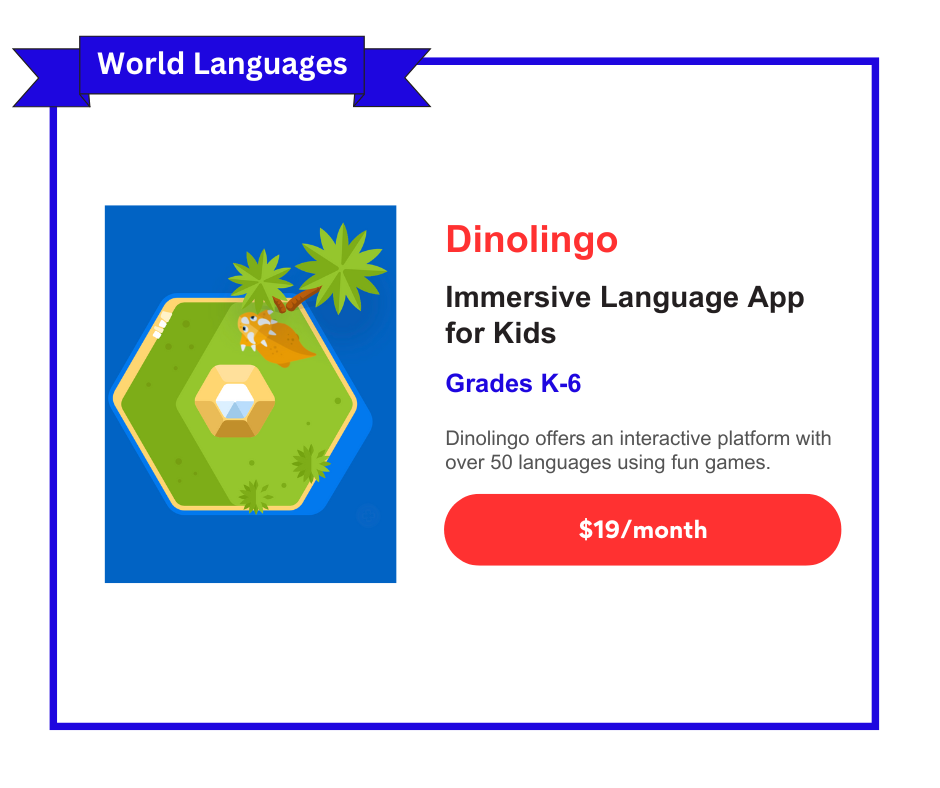
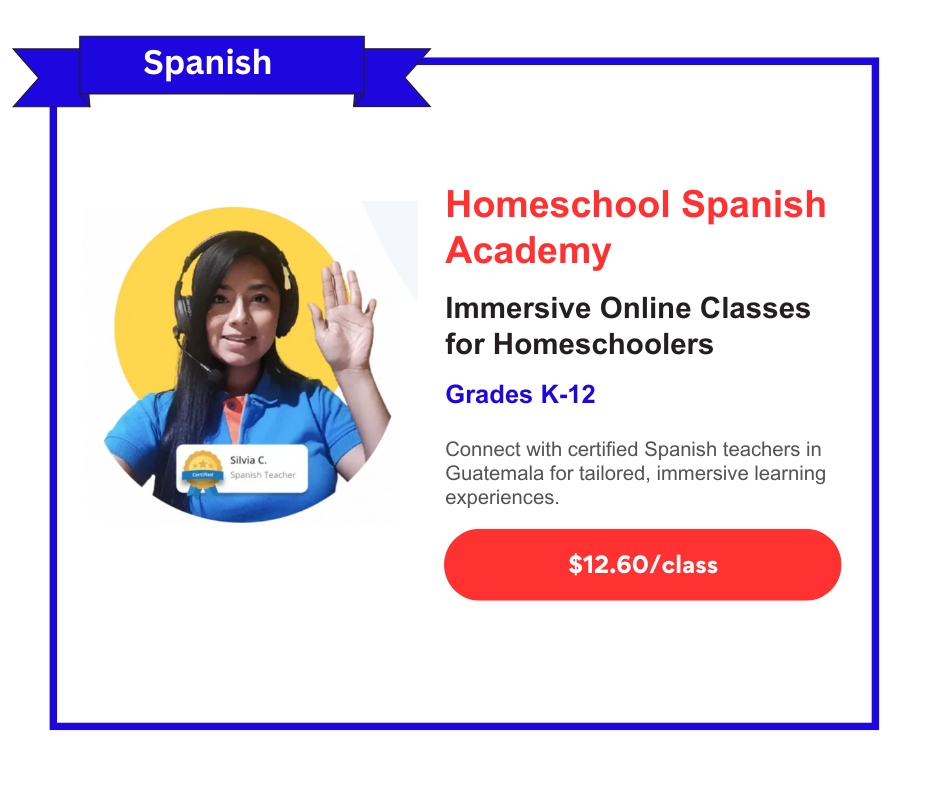
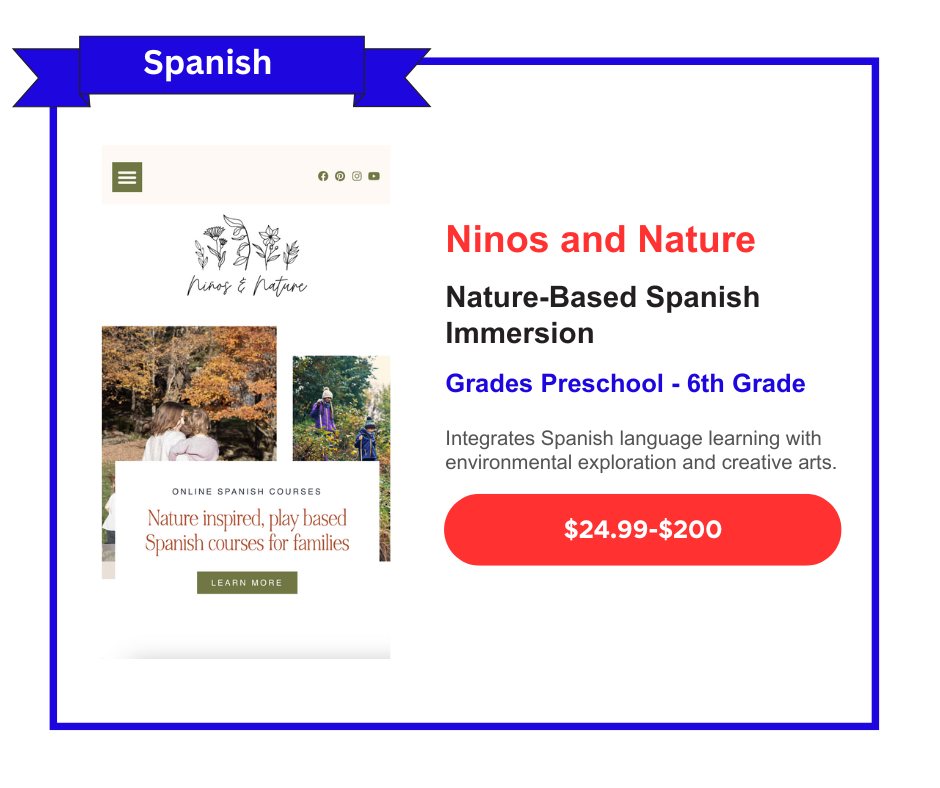
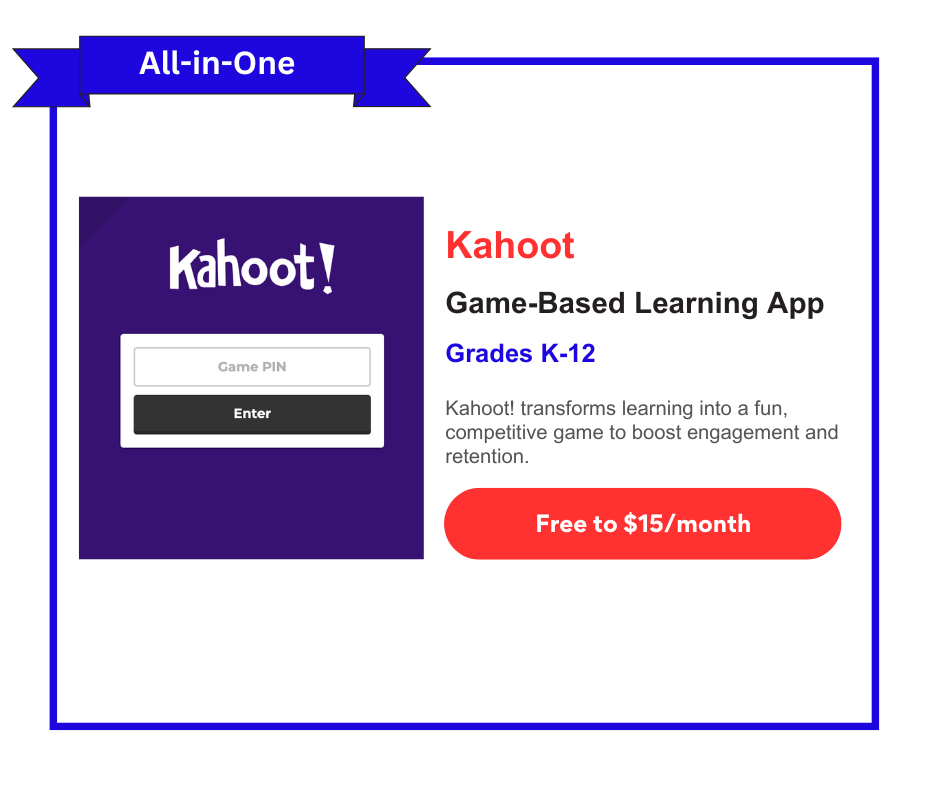
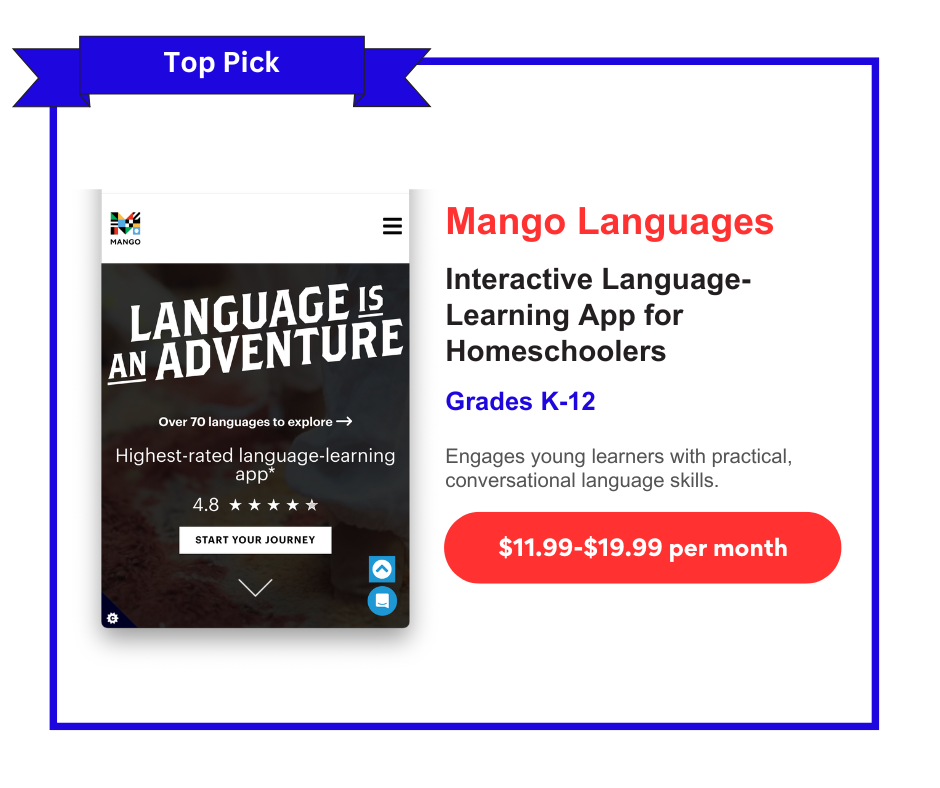
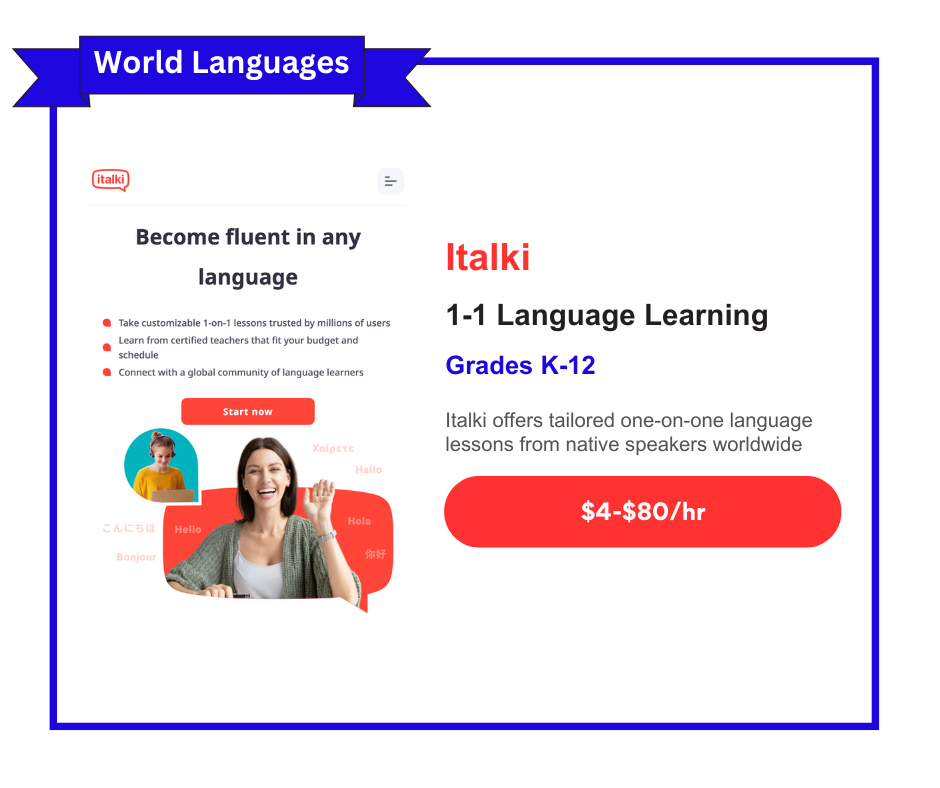

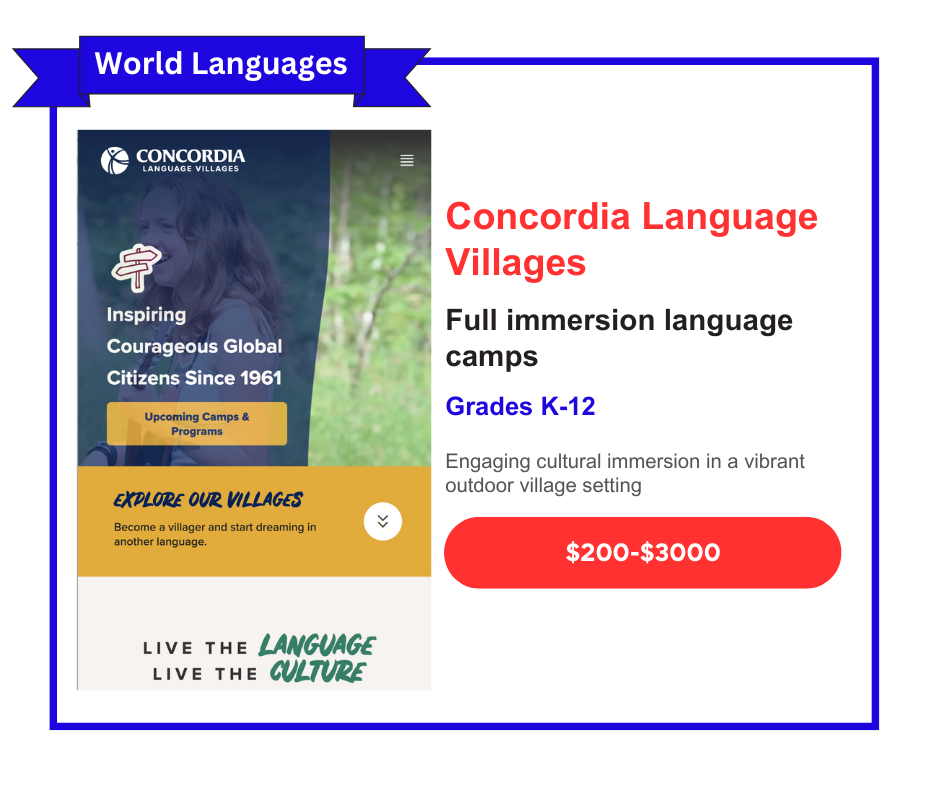
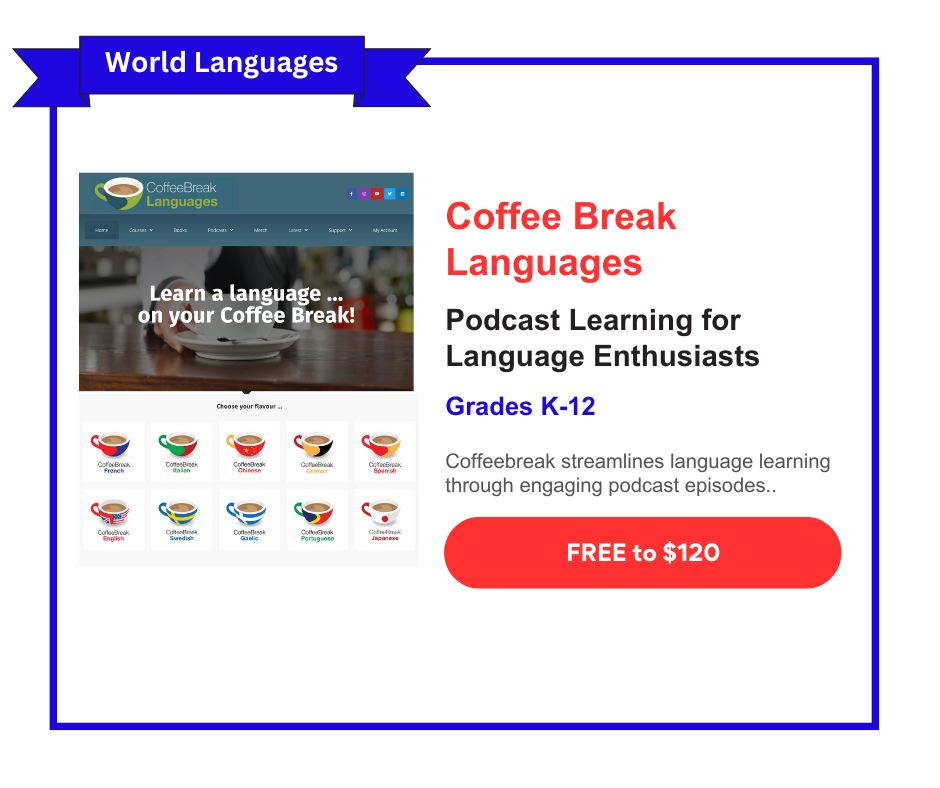
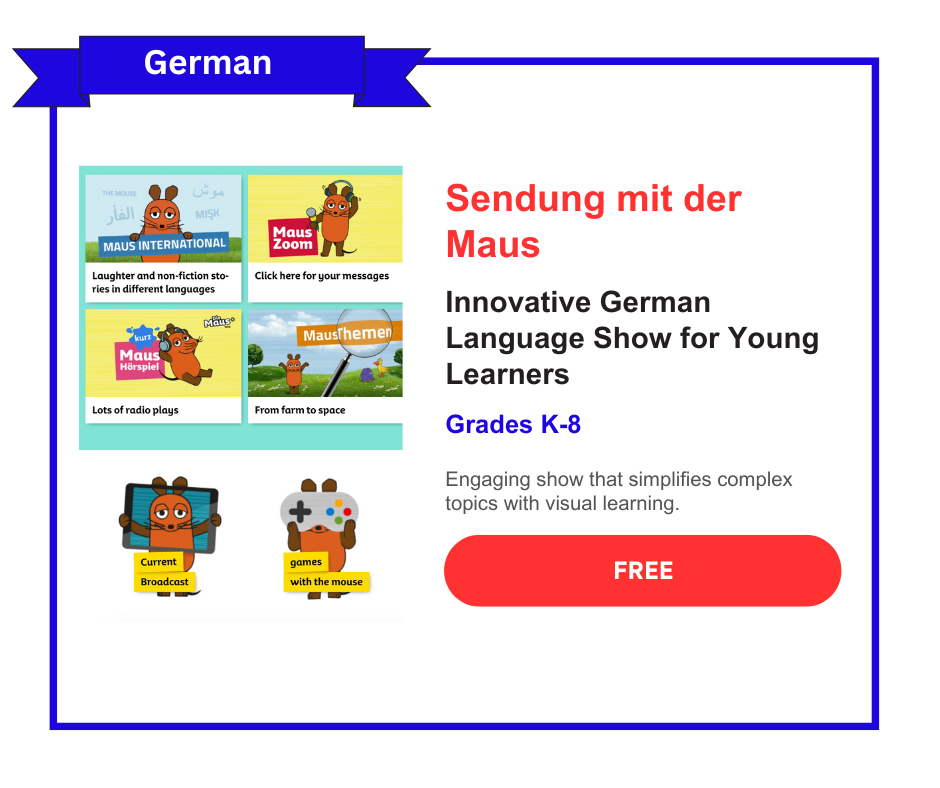


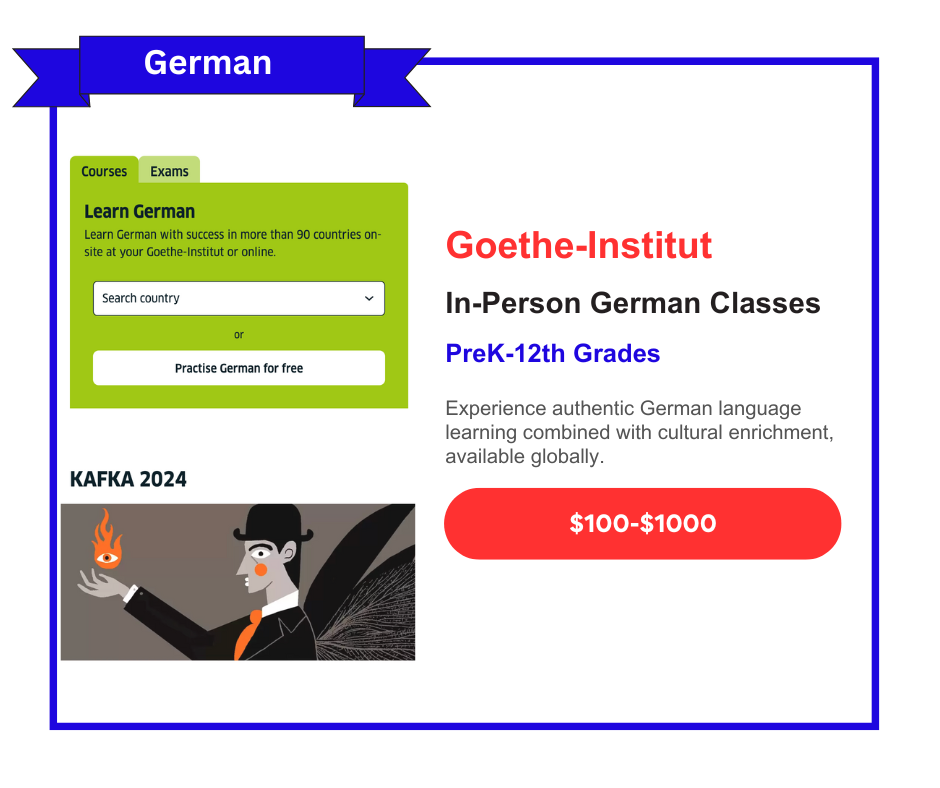
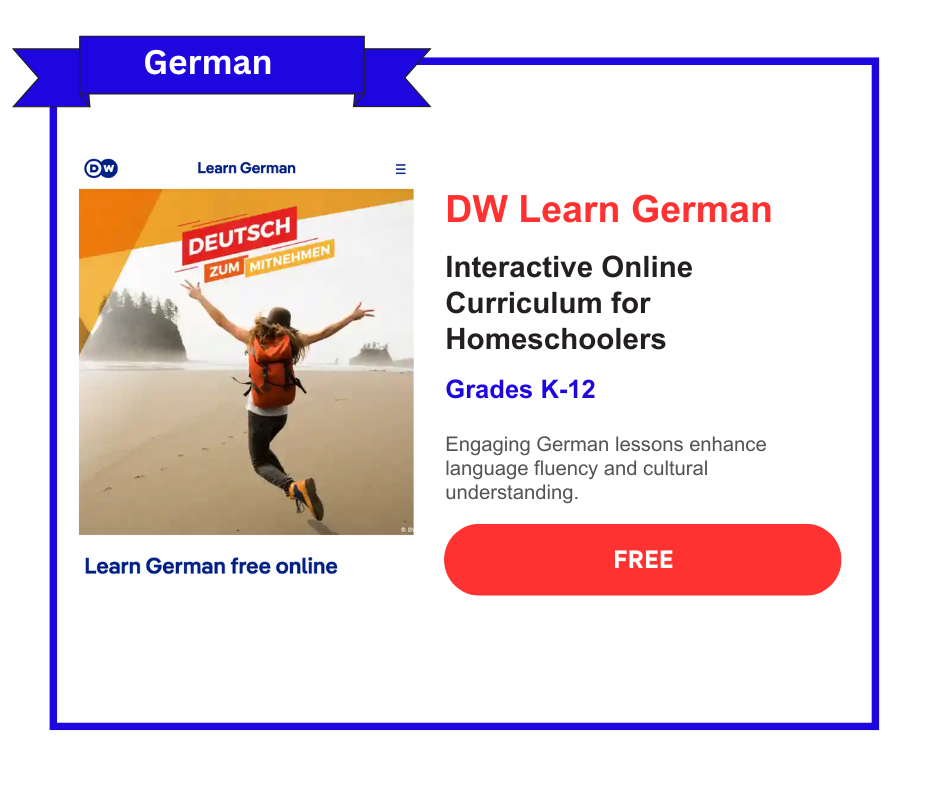
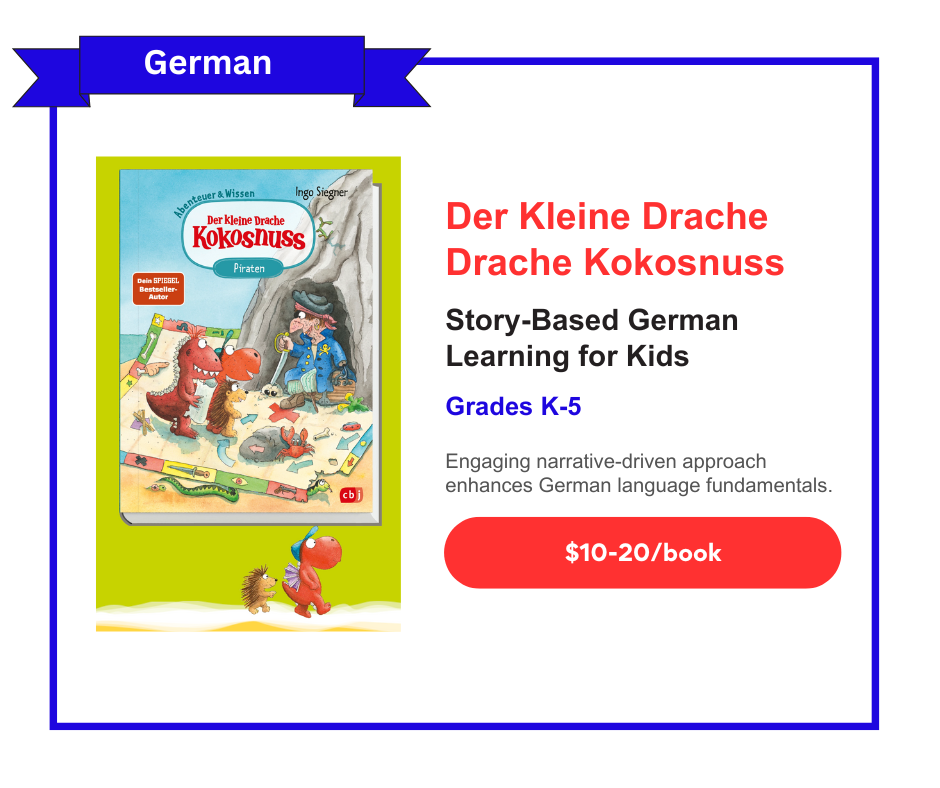

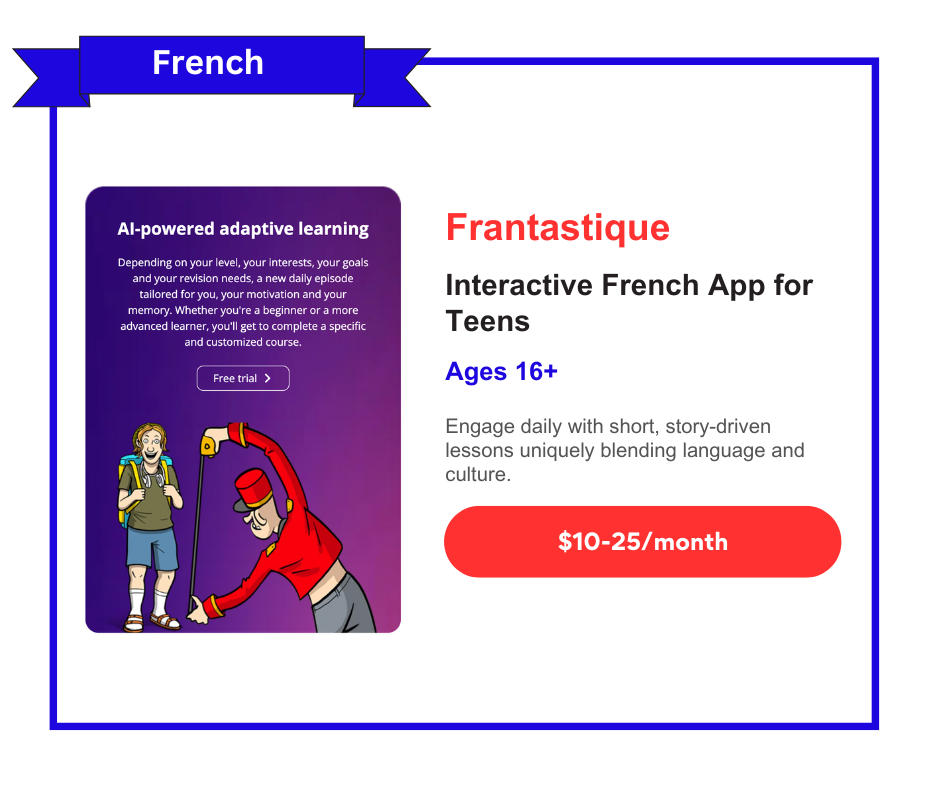
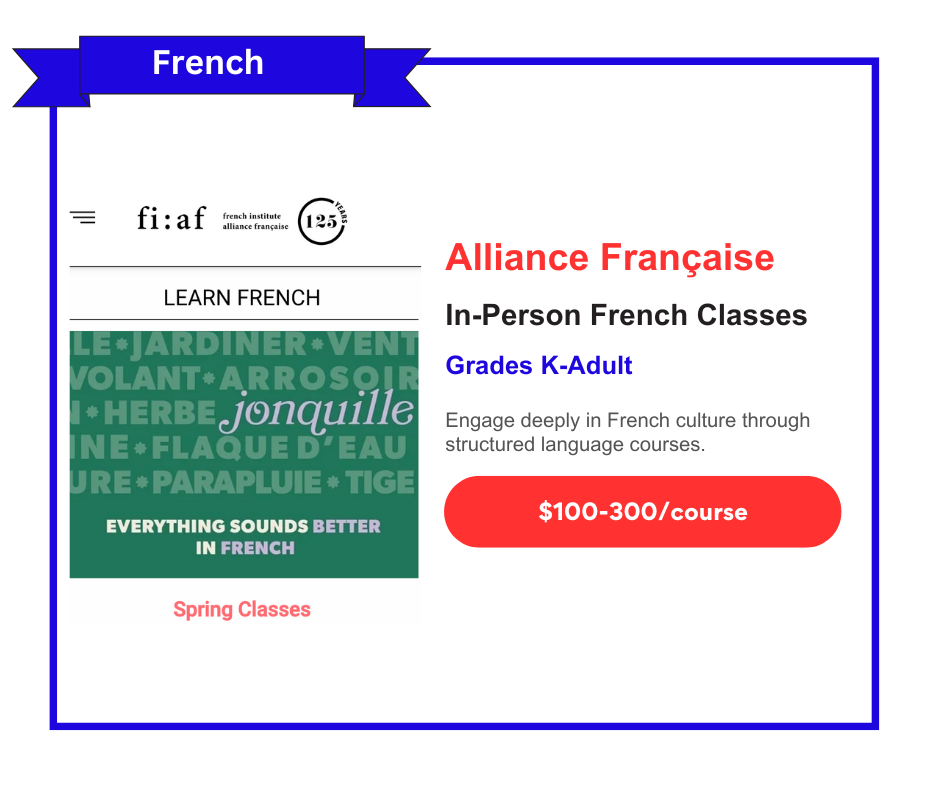
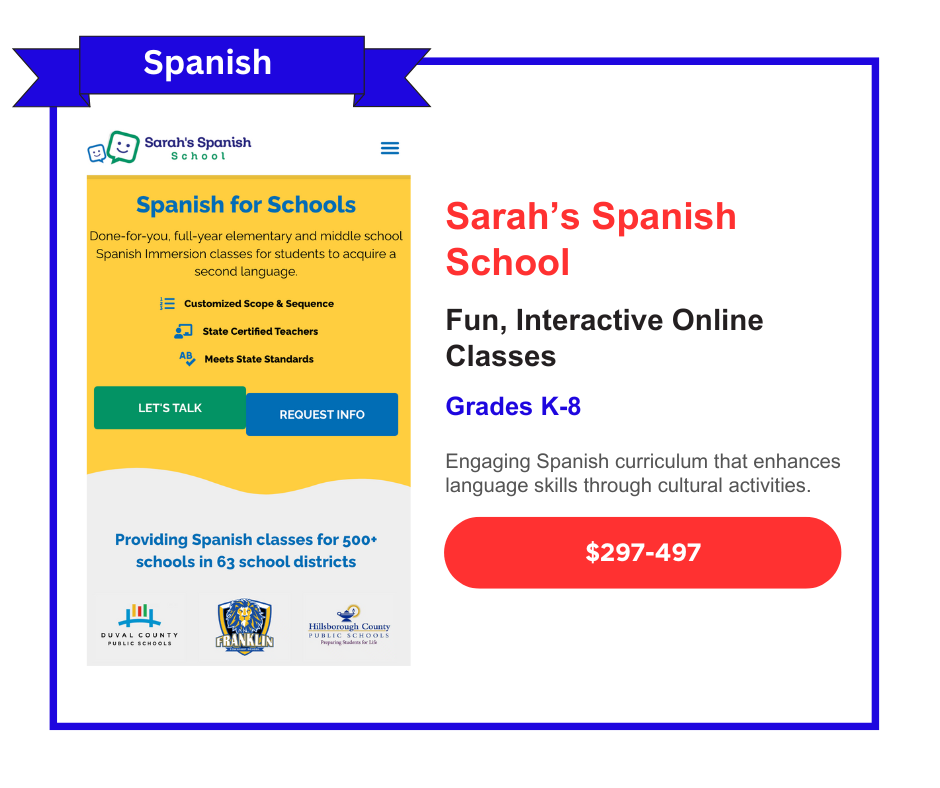
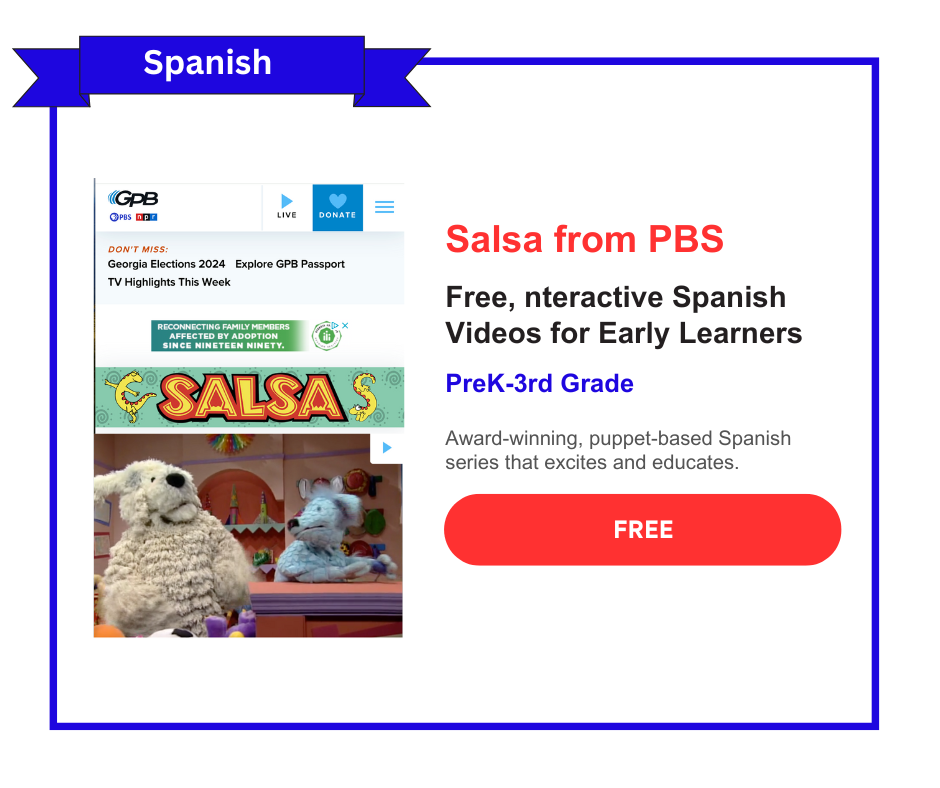
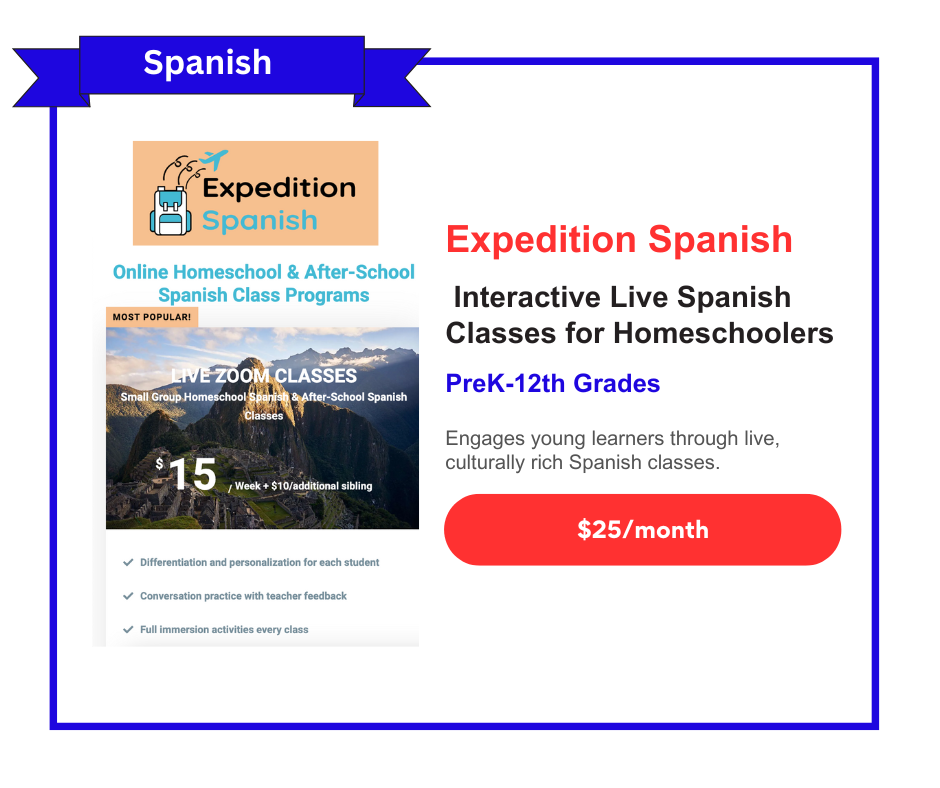
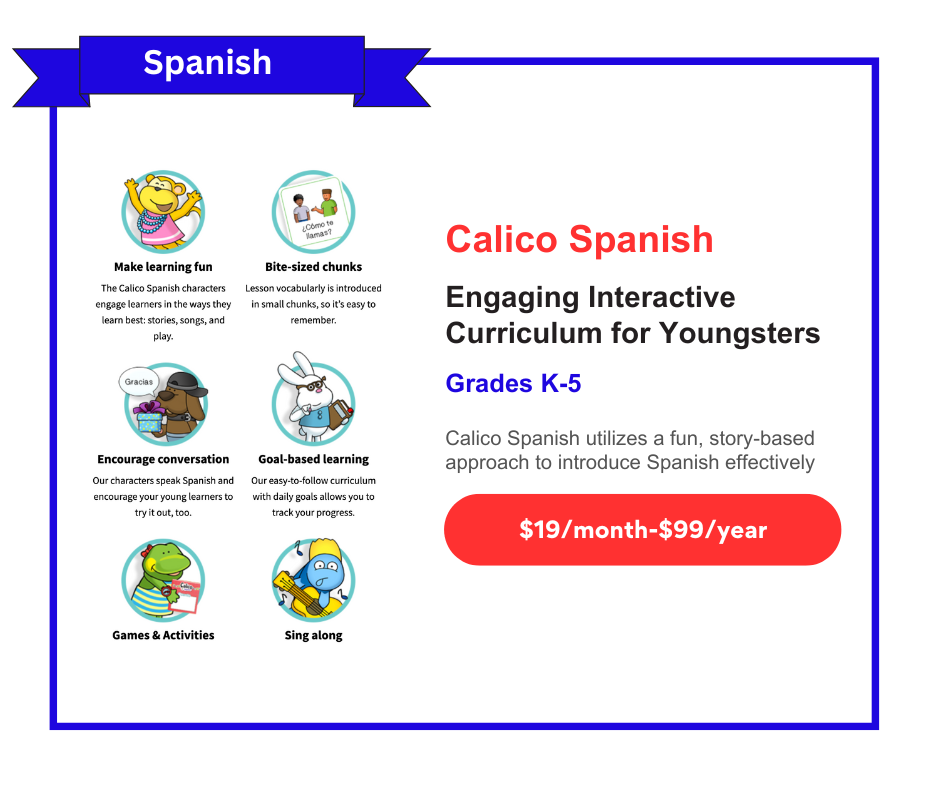

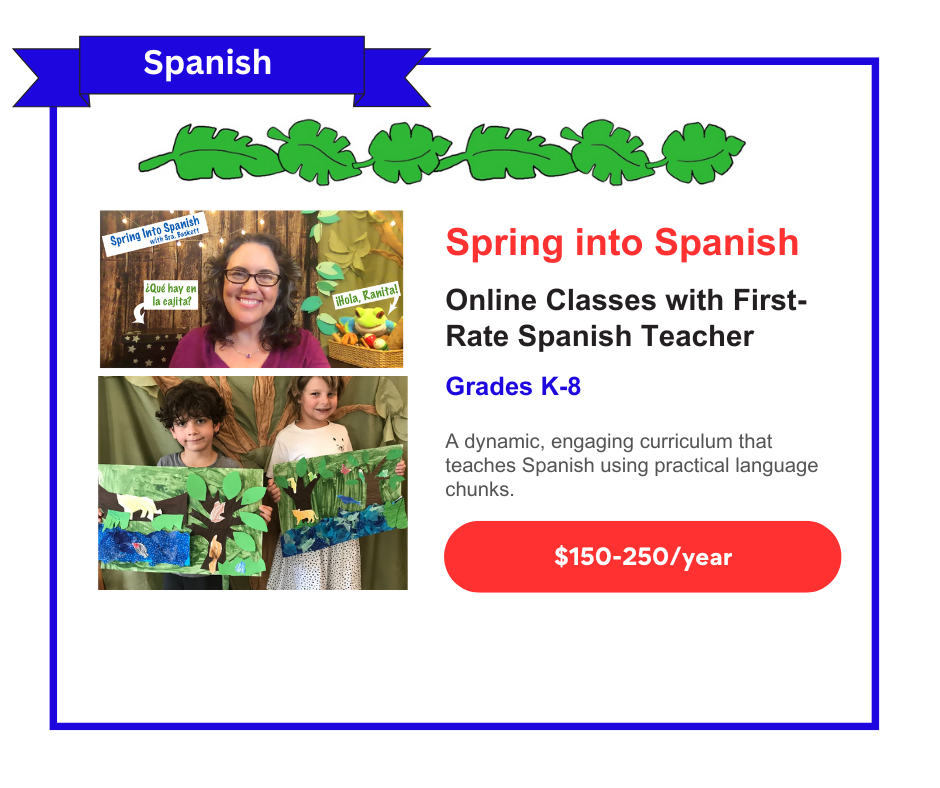

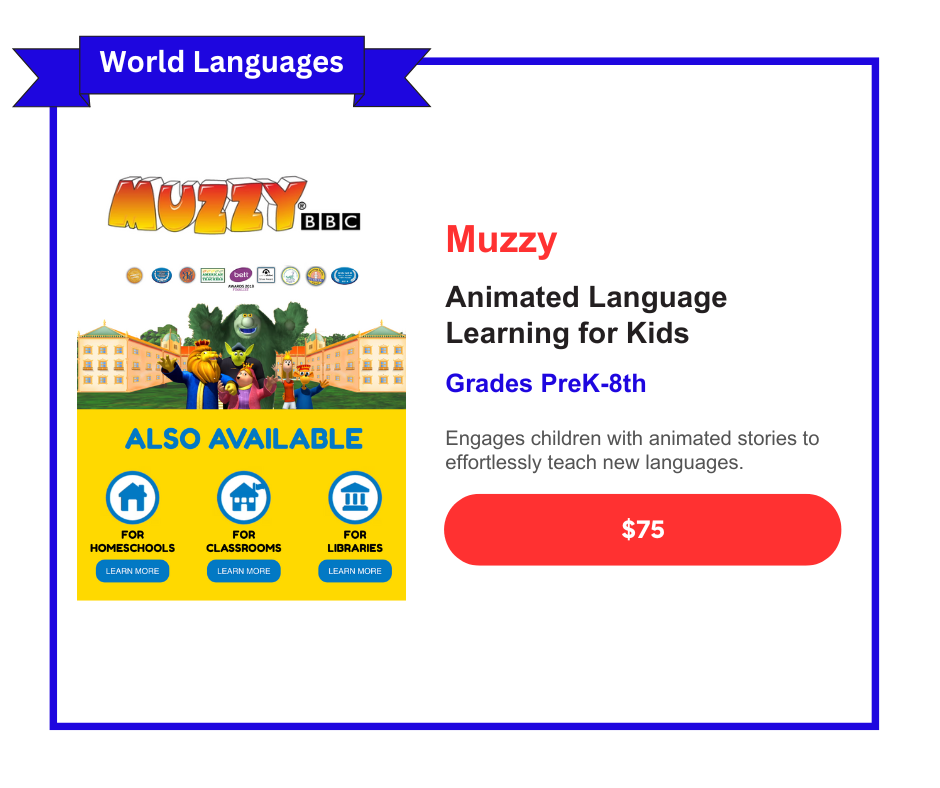

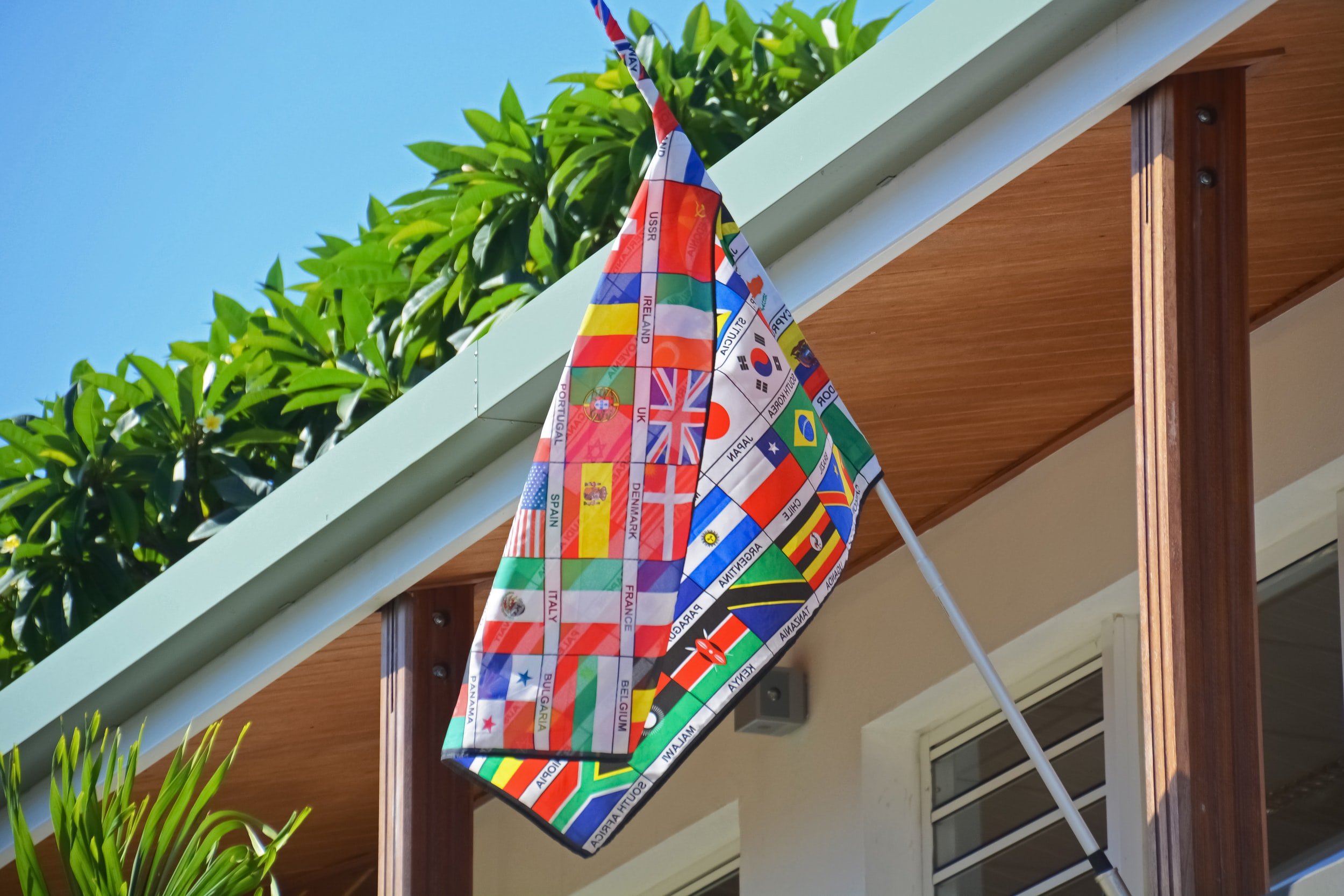
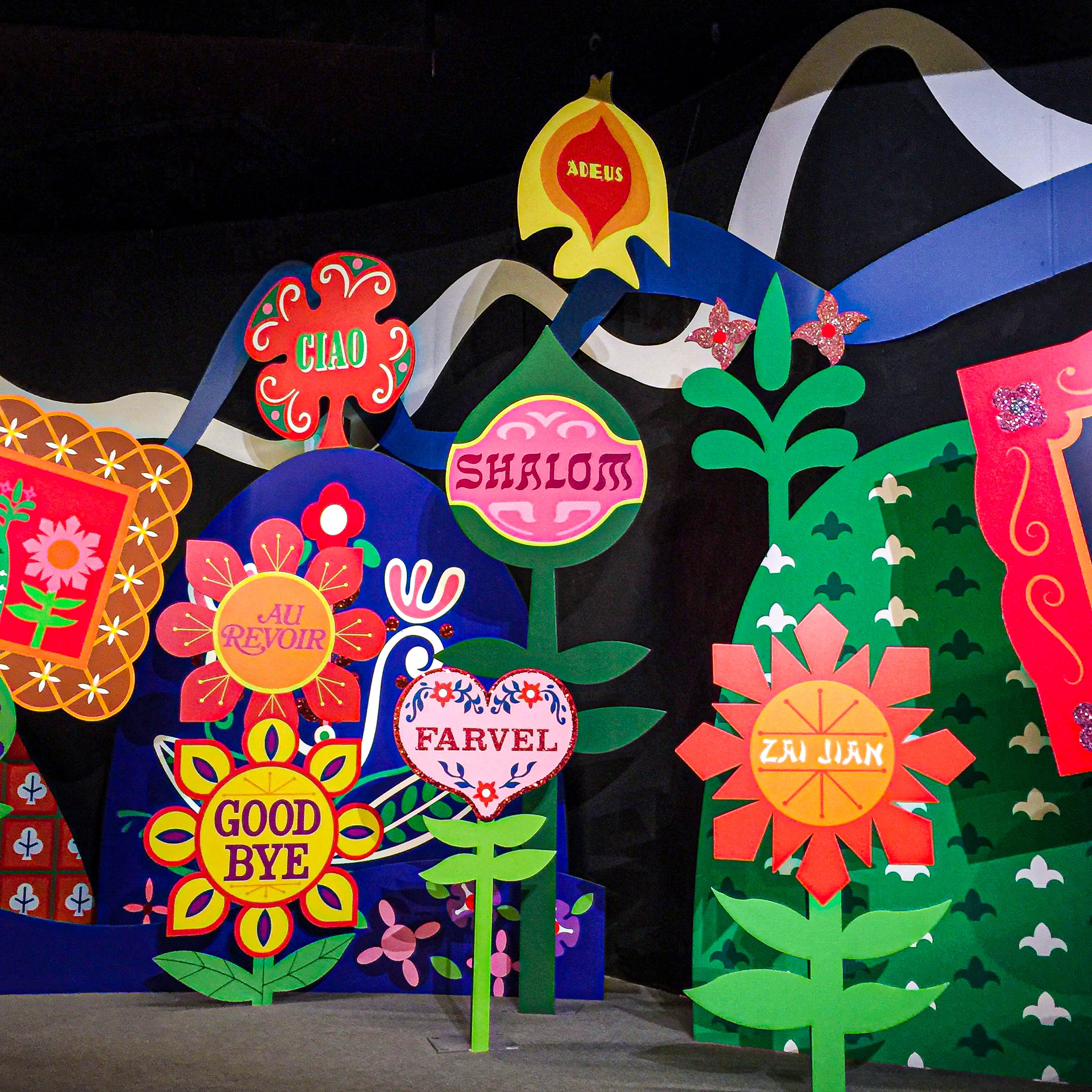
Explore how Duolingo transforms language learning into an engaging, gamified experience with our comprehensive review, ideal for homeschoolers seeking a flexible educational tool.